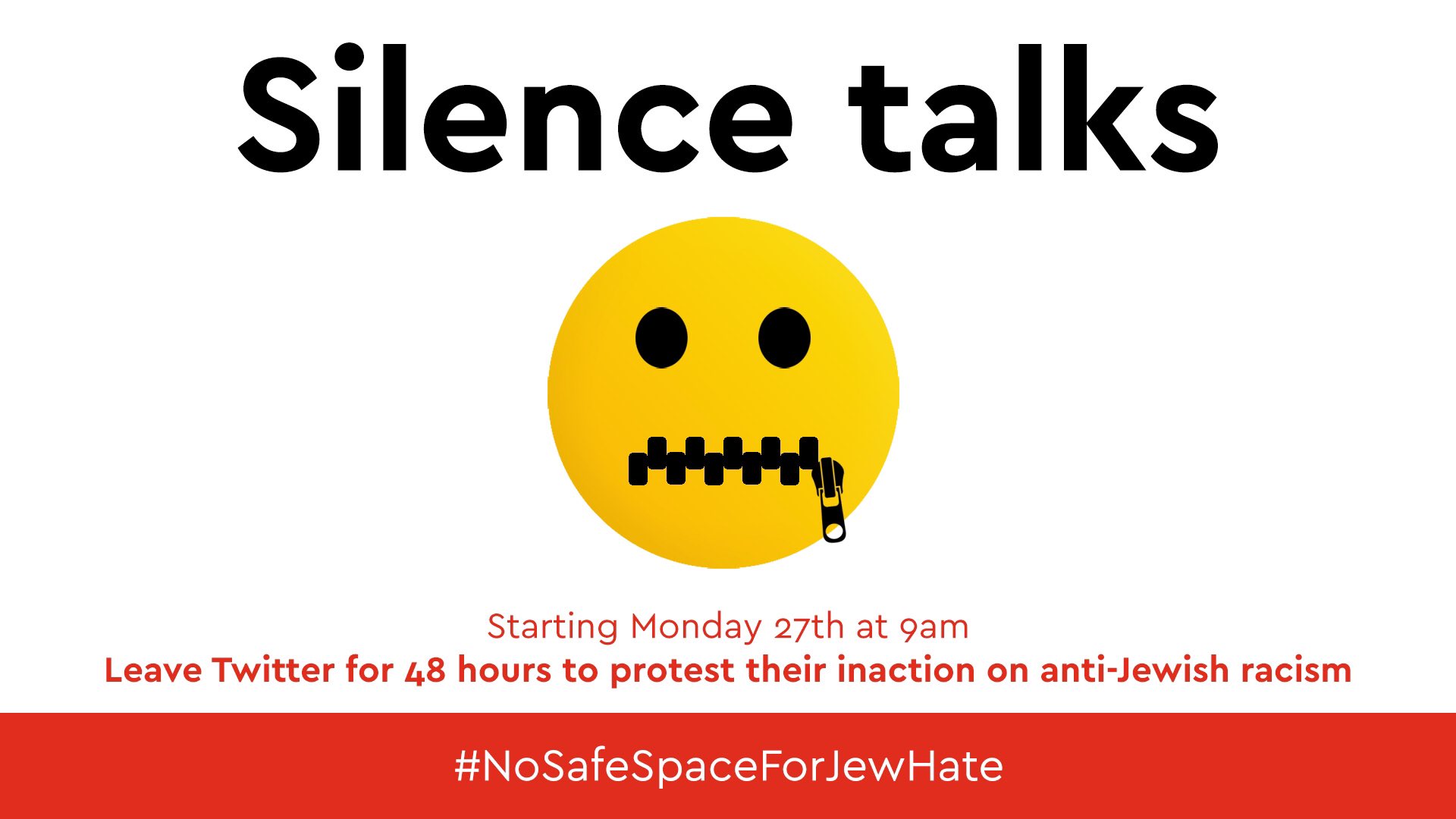Should There Be a Price for Rejectionism and Terror?
Decades of peace-processing have been premised on the assumption that Palestinian leaders are ready in principle to end the conflict and live with Israel. But Palestinian leaders have never actually been willing to renounce, once and for all, their claims over any of the territory from the Jordan River to the Mediterranean Sea. President George W. Bush learned this lesson. He wooed Arafat by giving official U.S. endorsement, for the first time, to a Palestinian state, but Arafat rebuffed his overture and, in violation of formal promises, bought a huge arsenal of Iranian weapons and then lied about it.Hamas head: We refused $15 billion in aid conditioned on disarming
For decades, Palestinian leaders have refused peace offers that were seen as reasonable by top U.S. officials. What is innovative about the new U.S. peace plan is that it favors imposing consequences if the Palestinians unreasonably perpetuate the conflict. If they continue to support terrorism and reject peace, their cause will suffer. Palestinians are now being told that, if they remain violent and uncompromising, the U.S. will not block Israel from advancing its own claims to areas that, in the administration's view, realistic peace talks would leave to Israel.
The sensible question for the Palestinians is not whether the deal provides everything they think they are entitled to, but whether it is the best deal available - now and in the foreseeable future. The plan's goal is to change the diplomatic circumstances that have perversely incentivized the Palestinian side to keep the conflict going.
Hamas political bureau chief Ismail Haniyeh said that his terror group had turned down as much as $15 billion in development aid to Gaza two months ago which he claimed had been conditioned on demilitarizing the Gaza-based terror group.David Singer: David Singer: Jordan Moves to Resolve West Bank Sovereignty Problem it Created
Haniyeh told Qatari newspaper al-Lusail that the offer had been made in the context of US President Donald Trump’s controversial peace plan, which would allocate $13.38 billion to the Gaza Strip for development if implemented.
“There were parties that came to us two months ago, who we know had been paid off by major powers. They offered us new projects in the Gaza Strip worth about $15 billion. Of course, we said this is excellent, we want to establish an airport, port, and economic development projects in the Gaza Strip,” Haniyeh said.
Both Hamas and its rival Fatah have opposed Trump’s peace plan — often referred to in the region as “the deal of the century” — since it was first published.
Haniyeh, who lives in the Qatari capital of Doha, told al-Lusail that the offer included an end of the blockade of Gaza by Israel and Egypt, which began after Hamas took over in the strip in 2007. Israel says the blockade prevents Hamas from importing weapons which it would use to threaten the Jewish state. The blockade has devastating effects on the Gazan economy, however, where unemployment is now over 60 percent.
Haniyeh said that the most recent offer was conditioned on Hamas relinquishing its military capabilities. The Trump peace plan stipulates Hamas’ disarmament as a precondition for negotiations on Palestinian statehood, although it seems unlikely that the Gaza-based terror group would agree to do so unilaterally.
“We learned that, in exchange, we would have to dissolve our military factions and integrate them into the police and retire our weaponry, especially heavy weapons, the rockets that hit Tel Aviv and beyond, and dissolve the capability of Gaza for self-rule,” Haniyeh said.
Jordan’s Prime Minister Omar Razzaz has made a welcome intervention to resolve the issue of sovereignty in Judea and Samaria (aka West Bank).
Razzaz’s offer comes as Israel readies to restore Jewish sovereignty in 30% of Judea and Samaria after an absence of 3000 years – as promulgated by the 1922 League of Nations Mandate for Palestine and article 80 of the UN Charter – and detailed in President Trump’s deal of the century.
Razzaz has raised the possibility of a “one-state solution” to replace the “two-state solution”:
“We are against unilateral actions. We are against annexation. We are against any steps that are not within an overall scheme that leads to a two-state solution. Short of that, if we’re not going towards a two-state solution, let us know what we’re going towards, what kind of one-state solution we’re going towards.”
The “two-state solution” favoured by the international community for the last 40 years – creating an independent State of Palestine between Israel and Jordan – has long passed its anticipated birth date. The Palestine Liberation Organization (PLO) refusal to sit down with Israel to negotiate creating such a State in Gaza and 70% of Judea and Samaria – as detailed in Trump’s Plan – is the final nail in the coffin for an unattainable solution first aired by the 1980 Venice Declaration.
Razzaz should consider going towards the “Jordan one-state solution” that existed between 1948
and 1967 – after Transjordan:
• invaded and conquered Judea and Samaria in 1948 – ethnically cleansing all Jews then living there
• changed its name in 1949
• unified “the two banks of the Jordan, the Eastern and Western, and their amalgamation in one single state: The Hashemite Kingdom of the Jordan” in 1950
• granted Jordanian citizenship to the West Bank Arab residents between 1950 and 1988
Razzaz lays down three conditions for any “one-state solution”:
“Jordan will not absorb transfers of Palestinians. Jordan will not become ‘the’ Palestine, as the Israeli extreme right wishes. And Jordan will not give up its custodianship over [holy Muslim and Christian sites in] Jerusalem. These three are clear for us.”




























